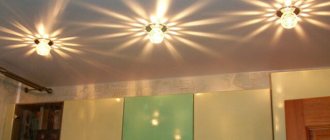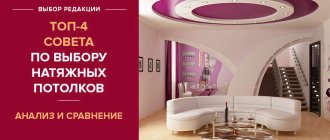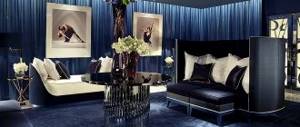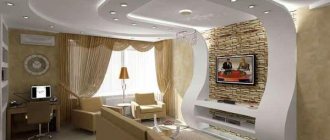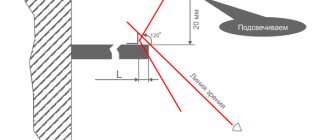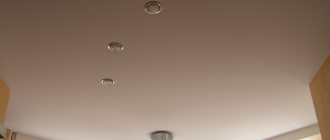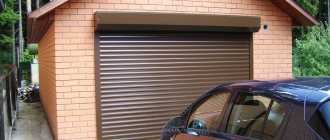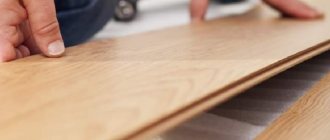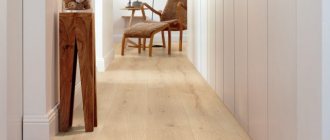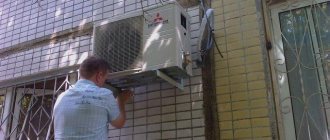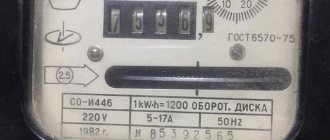What are spots
This is one of the types of lighting fixtures that are placed on walls or ceilings. Also called spotlights - by analogy with theatrical fixtures. They are distinguished from other lamps by two features. The first is that the spots provide a narrow luminous flux directed into a small area. Because of this, they got their name (translated from English “spot” means “spot”). The second is the ability to turn in different directions. This way you can control the lighting, easily changing the accents in the interior.
This possibility arises due to the design of the device. The spot consists of the following elements:
- directly the lamp with socket and light bulb;
- bases and housings with fastenings and auxiliary elements;
- bracket or hinge.
Such devices are produced in many varieties: according to location (there are ceiling and wall spots), material (metal or plastic), shape (circle, square, cylinder), and type of light bulbs. The spots use incandescent, halogen (12V, 24 and 120), energy-saving and LED lamps.
Incandescent lamps have limitations when installed in a suspended ceiling. For fabric fabric, the power should not exceed 60 W, and for film - 40 W.
Spots for suspended ceilings can be single or combined into a group on a common basis. They are placed at points where additional brightness is required. The living room with a chandelier and spots is illuminated evenly, without shadows in the corners. In the kitchen, spotlights are located in the work area. And in the bedroom - on both sides of the bed and near the closet. This allows you to get ready for bed or get ready for work without disturbing another family member when the chandelier is on.
In small rooms it is easy to do without central lighting if the spots on the ceiling are placed correctly (in sufficient quantities). One soffit is enough for 1.5-2 m². In the hallway and corridor it is better to place them on a rod, and in the bathroom and toilet - in the corners and in the center.
Spots - what they are and how they work
Spot is a miniature ceiling lighting fixture with the ability to adjust the direction of the light flux. To put it simply, it is a movable lamp mounted on a hinge or other similar structure. The name comes from the English spot, which means “spot”.
The spot consists of several parts.
- A base that is attached to the ceiling or wall. This part contains wires, auxiliary elements and fastening devices.
- Hinge . Thanks to it, the spot can be turned in one direction or another, adjusting the direction of the light flow.
- Lamp (one or more). Consists of a socket, lamp, reflector and outer housing.
Don't forget that one spot can illuminate a relatively small area of the room. Therefore, these lighting devices are used either in several pieces, or as an addition to the main source of lighting - a chandelier.
How the spots are arranged
A logical question arises here: why is this addition needed if there is already enough light from the chandelier? Spots are often used as night lighting for a living room or bedroom - this way you won’t leave the room in pitch darkness, but the spots won’t create such bright light that it interferes with sleep. They are also used to illuminate individual areas where greater brightness is required, which one chandelier cannot create, or those places where its (chandelier) light simply does not reach, or as illumination of individual interior elements that require emphasis.
Preference should be given to spots over other types of lamps due to a number of advantages, which, in particular, include:
- simple installation due to its simple design; installing spots does not require complex tools or the help of a specialist, you can do it yourself;
- the ability to divide the room into separate zones, emphasize individual interior elements, create a workplace with bright lighting;
- the ability to turn on the lamp only above a separate area of the room, which significantly saves energy;
- no restrictions on the installation of spots on a suspended ceiling;
- a wide range of lamps that can be selected to suit many interior design options.
Prices for suspended ceilings
suspended ceiling
Ceiling spots in the interior
Types of ceiling spots
Models differ in the method of fastening:
- Embedded . Recessed into the plane of the ceiling. They are small in size and resemble ordinary spotlights. The rotation angle is limited compared to other options.
- Invoices . As a rule, they are larger and installed on the ceiling surface. Installation is simpler than in the first case.
- Hanging . They are attached like a chandelier - on a hook screwed into the ceiling or to a bar. As a rule, this is an even larger device or a group of small ones. Also called combined.
- Track . They have an original design: the spots are placed on a cable or a more massive tire. This makes it possible to more accurately regulate the direction of light. They are also called tension ones.
The last two options are not suitable for all styles. Such models will fit better into the interior of modern residential premises or exhibition halls. The mechanism in lamps can be rotary or rotary-retractable.
Ceiling spots in the interior: tips on location
- When installing spots, it is very important to calculate the most suitable location. It is from this that all desired areas should be illuminated when turning the lamp.
- When using colored LEDs, you need to remember that such light distorts natural colors quite strongly. Therefore, it is recommended to use such lamps only to decorate the space, without using them as central lighting.
- The efficiency of spots depends on correct calculations. For example, for 1 sq. m 20 W is enough.
- It is very important to select designs that best suit the stylistic design.
- With low ceilings in the room, spotlights are an indispensable option.
Which spots are best to choose for suspended ceilings?
Based on the type of construction, built-in ones are preferable. There is free space behind the canvas where the body can fit. There will be a small outer part outside. It looks aesthetically pleasing and does not attract undue attention.
When choosing the type of light bulbs, it is important to consider that stretch ceilings do not tolerate high temperatures. Therefore, incandescent lamps are used rarely and only at low power - a maximum of 40 W. Halogen ones have a higher cost. They cannot be equipped with a dimmer to regulate the intensity of the glow. Energy-saving lamps are larger in size and cannot be inserted into small recessed spots. The price cannot be called budget either.
The most suitable and common for suspended ceilings are LED lamps. They do not heat up and are economical to use. Most often, devices with the GX53 base are chosen. They are suitable for LED and energy saving lamps.
Color and style are selected to match the decor in the room. For example, rounded lines, imitation gold, bronze or platinum are suitable for a classic interior. In a modern design, metal surfaces and glass will look better, and the shape can be square or rectangular. A neutral option is white lamps on the same surface.
Types and varieties of spots
Ceiling spots are classified according to several parameters depending on fastening elements, lamps used, design, number of cartridges and shape.
The functionality of this device depends on the design features.
The following types of lamps :
- Built-in spots are point light sources that are equipped with a reflector rotation function. They provide uniform illumination and help create a flat surface without protruding elements. For installation, holes are made in the suspended structure where the spot is attached along with the wiring. The lamp is fixed on a special spring.
- Overhead models are convenient because separate holes are not drilled for them. Installation is reminiscent of installing a sconce. First, the bracket is attached, and then the rest of the structure. Such spots can be rotated at a selected angle and moved in the desired direction.
- Combined products are similar to chandeliers. They are mounted in the same way as spotlights, but several lamps are placed in the housing. They have functionality: they are used to illuminate both the entire room and remote corners.
- The original option is the tension system. Cables are stretched under the ceiling along which the lamps move.
Overhead and combined structures have the following fastening methods :
- string system, which is a rod or a stretched cable;
- roof rails are mechanisms made of metal or plastic;
- A common method of fastening is a flat structure of any shape: square, oval or semicircle.
When choosing a model, the type of lamps is taken into account. It is not recommended to use incandescent lamps in spots due to the thermal energy generated. This option is not suitable for tensile structures.
When decorating a room, halogen lamps , which are characterized by efficiency and durability. High efficiency of LED lamps. They do not heat up and have a long service life.
Installation of spots in a suspended ceiling
To attach the soffit, depending on its type, the following is used:
- adjustable stand;
- hook;
- hanging platform on suspensions.
The general principle of installing spots in a suspended ceiling is the same in all cases. The fastening system is fixed to the base ceiling before installation of the canvas. The future level of the ceiling is taken into account so that the spot is at the desired height.
Then the cable is laid. The lamps are connected in parallel - if one of them fails, the others will remain in working order.
After this, the PVC film is stretched. When the ceiling is installed, find the location of the support. Glue a thermal ring or square. To do this, take fast-acting cyanoacrylate glue (Cosmofen is best)
Cut out the canvas inside and pull out the wires. The spot is connected to the power supply and fixed to fasteners: hung on a hook, screwed to a mortgage or stand.
Peculiarities! For tension models, a track is fixed to the ceiling, and lamps are placed on it. The wiring is hidden inside the bus.
Photos of suspended ceilings with spots
Properly planned lighting is beautiful and functional. It adapts to the needs of the home owners and changes depending on the situation. Spots are a good option for additional and sometimes main lighting.
